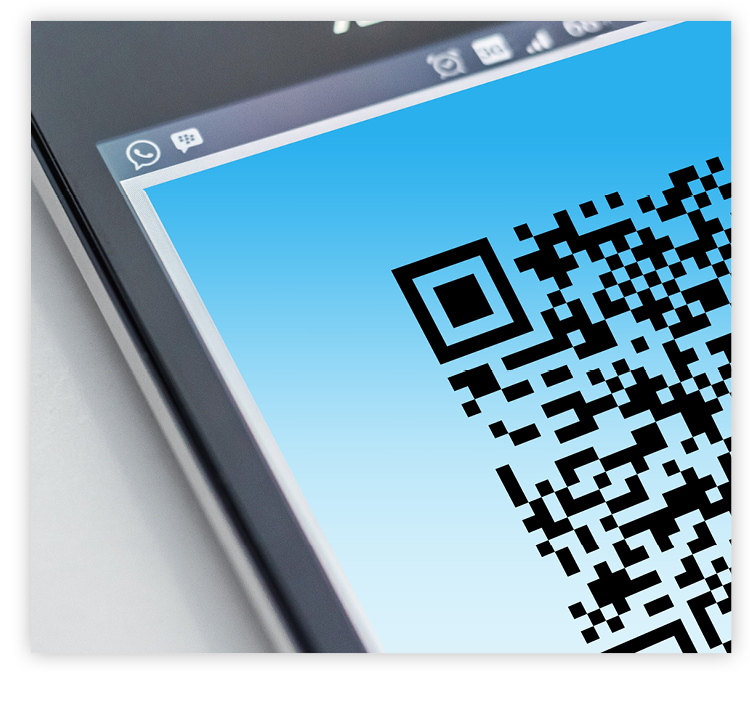|
Short Tutorial/FAQ – What Should I Do Before Scanning QR Codes?

 Question: I'm seeing more QR codes lately. What security steps should I take before scanning?
Question: I'm seeing more QR codes lately. What security steps should I take before scanning?
Answer: QR codes have become more common during the pandemic, as coronavirus concerns triggered a demand for touchless transactions. For example, your server at a restaurant may ask you to scan a QR code instead of handing you a menu. Or you may see QR codes on product packaging at retail stores.
While many QR codes are trustworthy, fraudulent ones are out there. Scammers can use QR codes for malware and phishing attacks or to try and steal financial information. Just as you should never click on suspicious hyperlinks or download fishy email attachments — especially anything sent by strangers — you should avoid suspicious QR codes.
Take these precautions:
- Use QR scanners that display site URLs. Most third-party QR scanners directly display the website after scanning the code, which can be dangerous if the link is malicious. It's best to use built-in QR scanners that come within smartphone cameras. These scanners display the site URL before opening it, allowing you to close the link before it opens if it seems suspicious.
- Regularly update your device's security. Installing and regularly updating your device's security software patches can help maintain security. It's also important to use robust anti-malware software.
- Remain vigilant. If you see a QR code in a public place, such as on a poster in a mall, closely inspect it to see if it's a sticker placed over the original QR code.
Finally, if you find a malicious QR code, tell the owner or manager of the business where you discovered it.

©2022 Cornerstone Publishing Group Inc.
Trademarks: All brand names and product names used in this eNewsletter are
trade names, service marks, trademarks or registered trademarks of their
respective owners.
Privacy Policy
|
|


 Question: I'm seeing more QR codes lately. What security steps should I take before scanning?
Question: I'm seeing more QR codes lately. What security steps should I take before scanning?